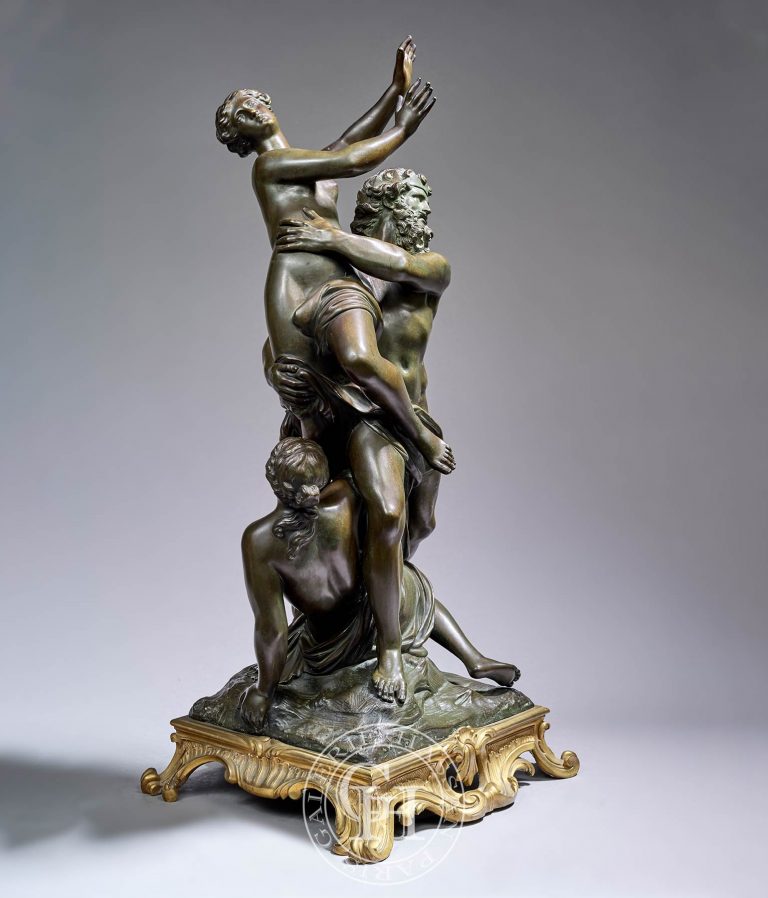Sculptor
Girardon François
1628 —1715
Girardon was one of the masters of decorative and monumental statuary.
Son of an art caster and pupil of the sculptor François Anguier, he became the protégé of Chancellor Séguier who sent him to complete his training in Rome. He returned to Paris in 1652 and became Louis XIV’s protégé.
In 1657 he married the painter Catherine Duchemin (1630-1698), who was the first woman admitted to the Royal Academy of Painting and Sculpture in 1663.
Admitted as an academician in 1657, he was one of Charles Le Brun’s main collaborators.
He worked with Charles Le Brun and André Le Nôtre on the site of the Château de Vaux-le-Vicomte. He then helped to decorate the Galerie d’Apollon in Paris at the Louvre Palace and produced important works for the gardens of the Palace of Versailles, including Apollon servi par les nymphes, la statue de L’Hiver, the bas-relief Le Bain des nymphes and L’Enlèvement de Proserpine par Pluton.
He is also well-known for the Tombeau de Richelieu at the Sorbonne and the equestrian statue of Louis XIV erected at the Place Louis-le-Grand (today Place Vendôme), but destroyed during the French Revolution. A smaller model can be found in Paris at the Louvre; Girardon’s personal copy, that he kept all his life in his workshop, is preserved at the castle of Vaux-le-Vicomte.
Girardon also assembled a large collection of sculptures, which he exhibited from 1679 in a gallery adjoining the apartment he occupied at the Louvre; 800 works live on after his death. In order to preserve the memory of this collection, Girardon had his pupil René Charpentier draw a selection of his works, positioned within architectural frames, in a collection of engraved plates entitled “Galerie de Girardon”.
His daughter Élisabeth Girardon married Henri Martinot (1646-1725), who was a clockmaker at the Louvre galleries from 1670 to 1684 and at the Maison du Roi from 1664 to 1725.
Giradon died on September 1, 1715, the same day as Louis XIV, and was buried in the Saint-Landry cemetery, on the Ile de la Cité in Paris. In 1792 his bones were transferred to the catacombs of Paris.


